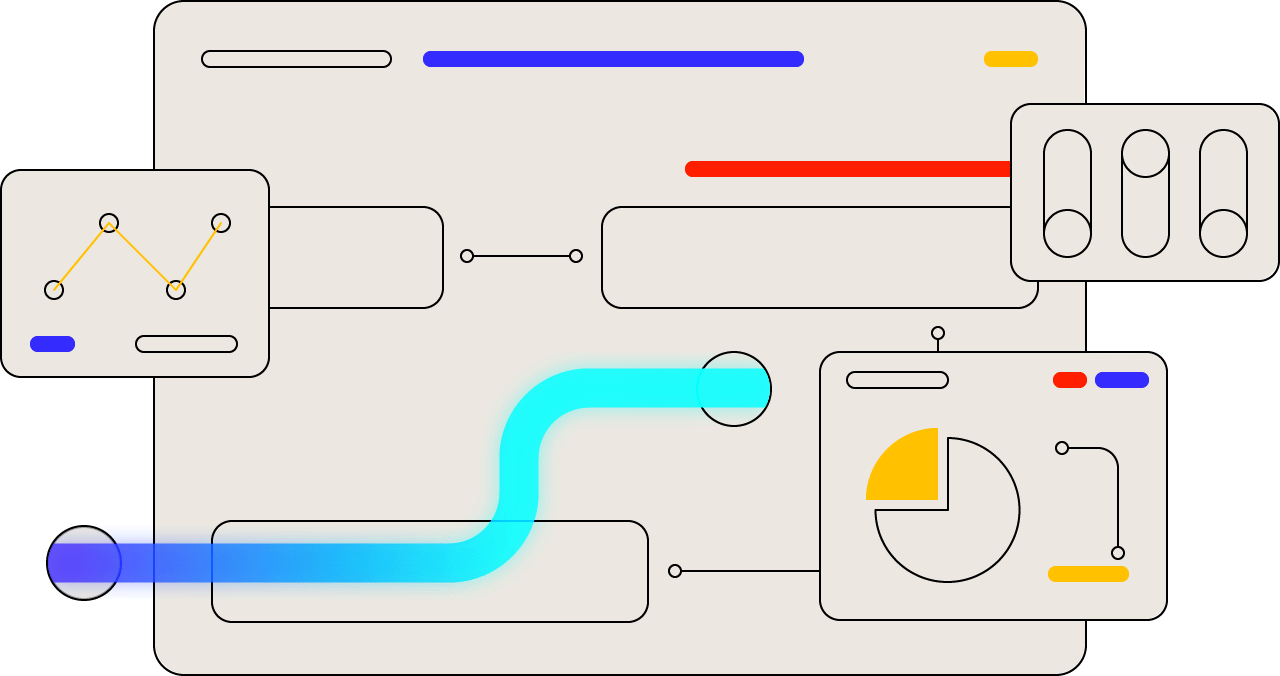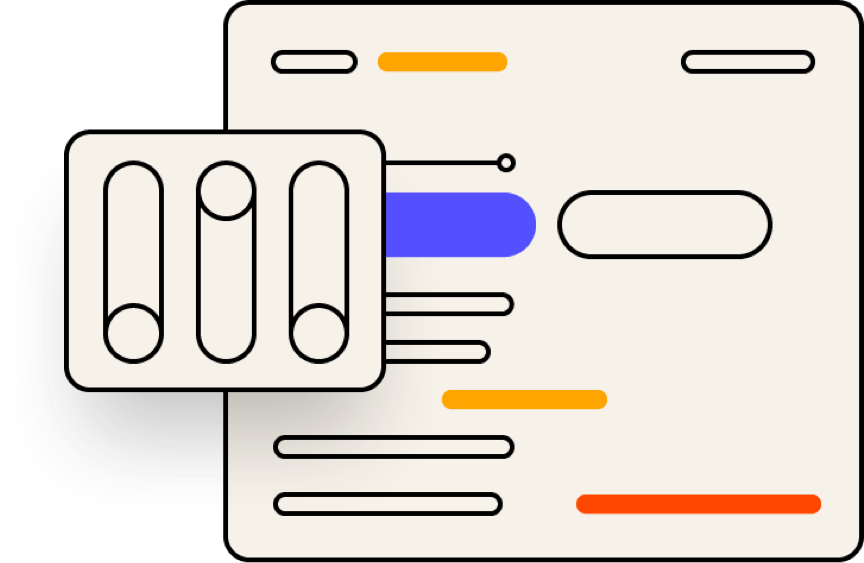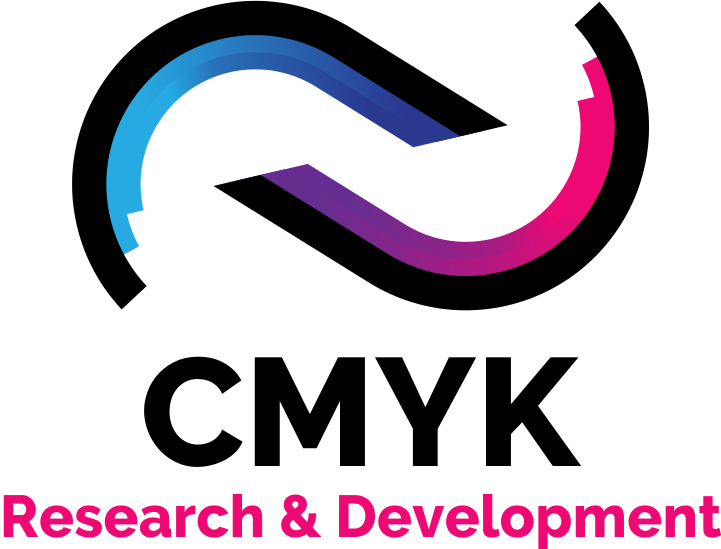
Scientific Feasibility Study
A scientific feasibility study is a detailed analysis that considers all of the critical aspects of a proposed scientific project in order to determine the likelihood of it succeeding. It is a valuable tool for researchers and businesses alike, as it can help to avoid costly mistakes and ensure that projects are completed on time and within budget.

What problems does a scientific feasibility study solve?

Determining the technical feasibility of a project:
A feasibility study can help to identify any technical challenges that may prevent a project from being successful.

Estimating the cost of a project
A feasibility study can help to provide a more accurate estimate of the cost of a project. This is important for both researchers and businesses, as it can help to ensure that projects are not over budget.

Identifying potential risks and challenges
A feasibility study can help to identify potential risks and challenges that may impact a project. This information can be used to develop mitigation strategies and reduce the likelihood of problems occurring.

Gathering stakeholder input
Risks of Not Conducting A Feasibility Study
A feasibility study is a process that evaluates the practicality and viability of a proposed project. It considers all aspects of the project, including the technical, financial, and legal feasibility.
There are several risks associated with not conducting a feasibility study, including:
- The project may not be feasible.
- The project may not be successful.
- The project may cost more than expected.
- The project may take longer than expected.


The project may not be feasible.
A feasibility study can help to identify and mitigate risks before they become problems. For example, a feasibility study can help to identify technical challenges that may prevent the project from being completed

The project may not be successful.
A feasibility study can help to identify factors that may contribute to the project’s success or failure. For example, a feasibility study can help to identify the target market for the project and the competition.

The project may cost more than expected.
A feasibility study can help to identify the costs associated with the project, including the cost of materials, labor, and equipment. This information can help to ensure that the project is within budget

The project may take longer than expected
Benefits

Increased chances of success:
A feasibility study can help to increase the chances of a project being successful by identifying and addressing potential problems.

Improved decision-making
A feasibility study can provide valuable information that can be used to make better decisions about a project.

Reduced costs:
A feasibility study can help to reduce costs by providing a more accurate estimate of the cost of the project

Increased stakeholder support
If you are considering a scientific project, a feasibility study is a valuable tool that can help to increase your chances of success.
How Do We Conduct feasibility Research
Feasibility study is a process to determine if a project is worth pursuing. It involves gathering the client’s requirements, conducting a technical feasibility analysis, and conducting an economic feasibility analysis. By following these steps, you can ensure that your project is feasible and that it is worth pursuing.
Step 1:
Gathering Client Requirements
The first step in conducting a feasibility study is to gather the client’s requirements. This involves understanding the client’s needs and objectives, as well as the constraints that they are working under. The client’s requirements can be gathered through interviews, surveys, and document reviews.
Step 2:
Conducting a Technical Feasibility Analysis
Once the client’s requirements have been gathered, the next step is to conduct a technical feasibility analysis. This involves determining whether or not the project is technically feasible, given the client’s requirements and the constraints that they are working under. The technical feasibility analysis can be conducted by reviewing the project’s technical specifications, as well as by consulting with experts in the field.
Step 3:
Conducting an Economic Feasibility Analysis
The final step in conducting a feasibility study is to conduct an economic feasibility analysis. This involves determining whether or not the project is economically feasible, given the client’s requirements and the constraints that they are working under. The economic feasibility analysis can be conducted by estimating the project’s costs and benefits, as well as by consulting with experts in the field.
Pricing Plans
A Plan For Every Business Size
Our pricing model is based on project complexity, safety & legal requirements. Here it must be noted that every project is first evaluated for its feasibility
Evaluationa Criteria
Project Evaluation
Once a project is received it is evaluated on certain factors to ensure complaince with local & international regulatory requirements. Once this evaluation stage is cleared, then the project execution phase is started
Basic
$250 / Project
Affordable package for small projects that includes 10 hours of research, 5 pages of report, 1 meeting with the client, consultation with a subject matter expert, access to a library of research materials, and weekly progress reports.
- 10 hours of research
- 5 pages of report
- 1 meeting with the client
- Consultation with a subject matter expert
- Access to a library of research materials
- Weekly progress reports
- On-call support
PRO
$700 / Project
A comprehensive package for medium-sized projects that includes 20 hours of research, 10 pages of report, 3 meetings with the client, consultation with multiple subject matter experts, access to a larger library of research materials, and daily progress reports.
- 20 hours of research
- 10 pages of report
- 3 meetings with the client
- Consultation with multiple subject matter experts
- Access to a larger library of research materials
- Daily progress reports
- 24/7 support
Enterprise
$2500 / Project
A premium package for large projects that includes 40 hours of research, 20 pages of report, unlimited meetings with the client, consultation with any subject matter expert, access to the entire library of research materials, hourly progress reports, and a dedicated project manager.
- 40 hours of research
- 20 pages of report
- Unlimited meetings with the client
- Consultation with any subject matter expert
- Access to the entire library of research materials
- Hourly progress reports
- Dedicated project manager
Frequently Asked Questions
What is a feasibility study?
A feasibility study is a process that evaluates the practicality and viability of a proposed project. It considers all aspects of the project, including the technical, financial, and legal feasibility.
What are the benefits of conducting a feasibility study?
There are many benefits to conducting a feasibility study, including:
* Reducing the risk of failure: A feasibility study can help to identify and mitigate risks before they become problems.
* Saving time and money: A feasibility study can help to ensure that the project is feasible and that the resources are available.
* Making better decisions: A feasibility study can provide the information needed to make informed decisions about the project.
* Improving the chances of success: A feasibility study can help to increase the chances of the project being successful.
What are the steps involved in conducting a feasibility study?
The steps involved in conducting a feasibility study vary depending on the specific project. However, some common steps include:
* Defining the project: The first step is to define the project and its goals.
* Conducting research: The next step is to conduct research to gather information about the project.
* Analyzing the data: The data collected during the research phase is analyzed to identify the feasibility of the project.
* Making recommendations: The final step is to make recommendations based on the analysis of the data.
Who should conduct a feasibility study?
A feasibility study can be conducted by the project team, an outside consultant, or a combination of both. The best approach depends on the specific project and the resources available.
What are the costs of conducting a feasibility study?
The costs of conducting a feasibility study vary depending on the size and complexity of the project. However, the costs typically include the cost of research, analysis, and writing the report.
How long does it take to conduct a feasibility study?
The length of time it takes to conduct a feasibility study varies depending on the size and complexity of the project. However, a feasibility study typically takes several weeks or months to complete.
What are the risks of not conducting a feasibility study?
There are several risks associated with not conducting a feasibility study, including:
* The project may not be feasible.
* The project may not be successful.
* The project may cost more than expected.
* The project may take longer than expected.
What are the benefits of using a feasibility study template?
There are several benefits to using a feasibility study template, including:
* It can help to ensure that all of the important aspects of the project are considered.
* It can help to save time and money.
* It can help to improve the quality of the study.
Where can I find a feasibility study template?
There are several places where you can find a feasibility study template, including:
* Online resources
* Library databases
* Consulting firms
What are the next steps for me?
The next steps for you will depend on your specific situation. However, some possible next steps include:
* Contact a feasibility study consultant.
* Review online resources.
* Visit your local library.
* Conduct your own research.
The development of new printing ink for sustainable packagingCase Study
The printing ink industry is facing increasing pressure to develop more sustainable products. One way to do this is to develop new printing inks that are made from renewable materials.
A feasibility study was conducted to investigate the feasibility of developing a new printing ink made from soy-based materials. The study considered a variety of factors, including the availability of soy-based materials, the cost of soy-based inks, and the performance of soy-based inks.
The study concluded that it was feasible to develop a new printing ink made from soy-based materials. The study also found that soy-based inks were comparable in performance to traditional printing inks.
The development of soy-based printing inks is a promising way to reduce the environmental impact of the printing ink industry.
The development of new printing ink for digital printingCase Study
Digital printing is a rapidly growing segment of the printing industry. However, digital printing inks are often more expensive than traditional printing inks.
A feasibility study was conducted to investigate the feasibility of developing a new printing ink for digital printing that was more affordable. The study considered a variety of factors, including the cost of raw materials, the cost of production, and the performance of the new ink.
The study concluded that it was feasible to develop a new printing ink for digital printing that was more affordable than traditional printing inks. The study also found that the new ink performed well in digital printing applications.
The development of more affordable printing inks for digital printing is a promising way to make digital printing more accessible to businesses of all sizes.
These are just two examples of the feasibility studies that are being conducted in the field of printing ink industry. By conducting careful and thorough analysis, feasibility studies can help to identify new opportunities and develop new products that can help the industry grow and thrive.
